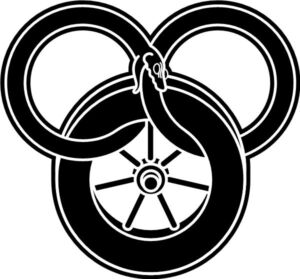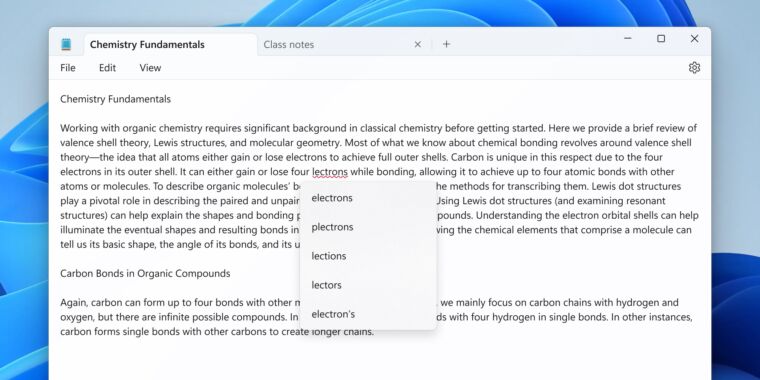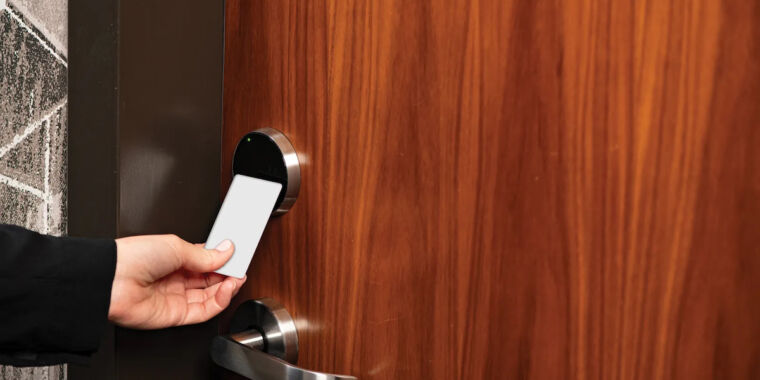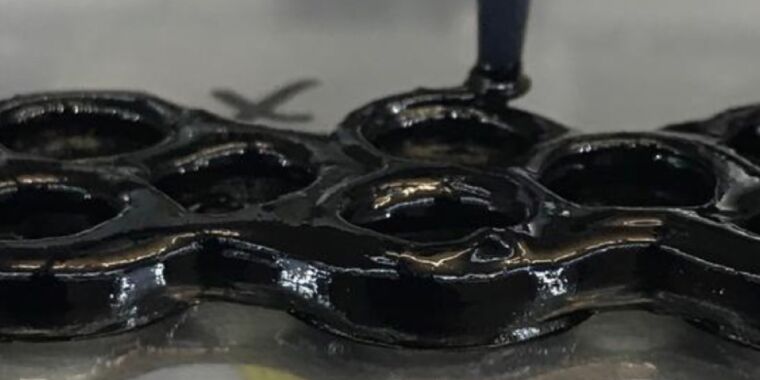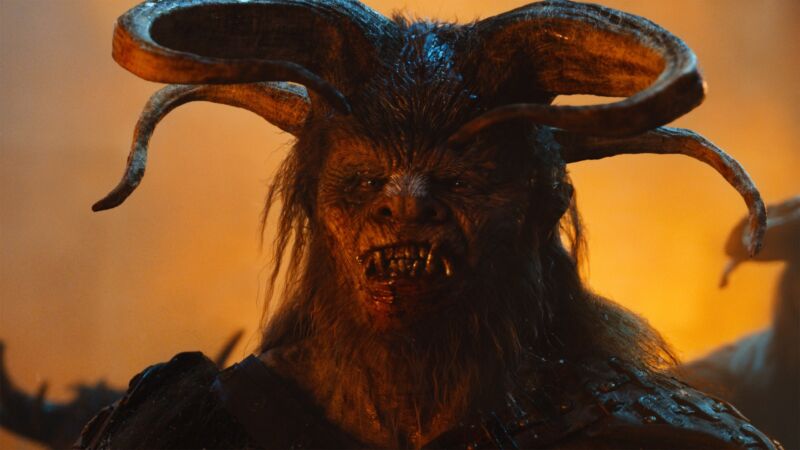
Amazon Studios
Andrew Cunningham and Lee Hutchinson have spent decades of their lives with Robert Jordan and Brandon Sanderson’s Wheel of Time books, and they previously brought that knowledge to bear as they recapped each first season episode of Amazon’s new WoT TV series. Now they’re doing it again for season two—along with insights, jokes, and the occasional wild theory. These recaps won’t cover every element of every episode, but they will contain major spoilers for the show and the book series. We’re going to do our best to not spoil major future events from the books, but there’s always the danger that something might slip out. If you want to stay completely unspoiled and haven’t read the books, these recaps aren’t for you.
New episodes of The Wheel of Time season two will be posted for Amazon Prime subscribers every Friday. This write-up covers the first three episodes, which were released on September 1.
Lee: All right, everybody, bring yourselves back online… Wait, wrong show.
I say “technically” not to be disparaging but to set expectations: by the standards of, say, Game of Thrones, we are miles away from the events of the book on this one, basically right from the jump.
Like, there is a LOT going on here that isn’t in the books, and honestly, I’m here for it.
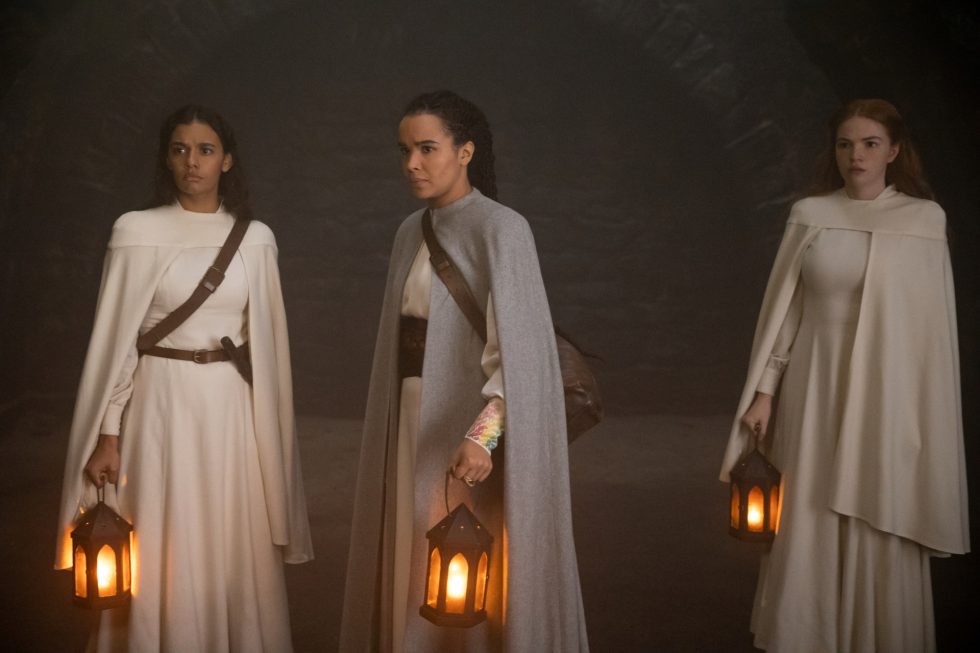
Amazon Studios
The biggest change at, like, a production level is that the original Mat, played by Barney Harris, has been recast. The circumstances of Harris’ departure have never been fully spelled out anywhere that I can find—”something something COVID” is usually the gist—but Harris didn’t even make it to the end of the first season, leaving one of our main characters mostly sidelined for the season’s climax. Mat is now played by Dónal Finn, who can’t grow as good a beard but does manage to capture Mat’s charm and charisma pretty much instantly. He’s stuck in the White Tower with Liandrin (Kate Fleetwood), a vaguely menacing Aes Sedai.
Narratively, the bigger changes are that most people think Rand al’Thor (Josha Stradowski) is dead, and Moiraine (Rosamund Pike) has been cut off from the One Power, following their confrontations with what they believed to be the Dark One at the end of the season. Rand is alone(ish!) in the city of Cairhien, trying to hide from everyone he loves following the revelation that he’s a Man Who Can Channel, Doomed To Madness. Moiraine and Lan (Daniel Henney) are off regrouping with other Aes Sedai, including newcomer Verin (Meera Syal).
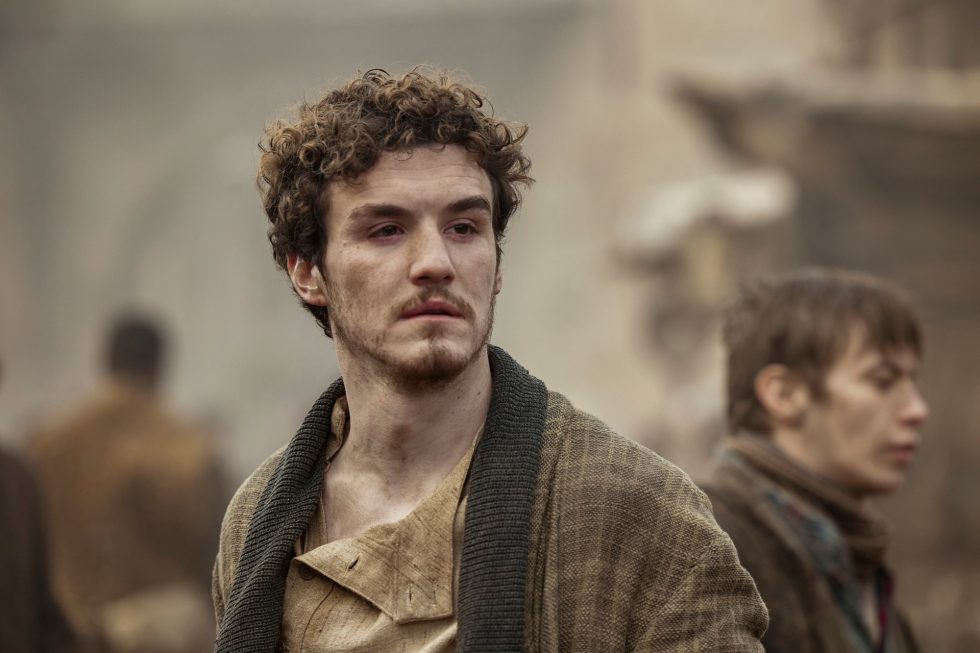
Amazon Studios
For book readers, Rand’s fate might be most jarring: his friends all think he’s dead, and he seems to have moved in with a girlfriend in Cairhien’s Foregate (sort of a shantytown built outside the gates of Cairhien) and gotten himself a job in the local sanitarium, caring for madmen. It seems odd at first, but Rand isn’t just attempting some charity service—he knows that as a man who can touch the True Source and channel the One Power, he’s cursed to inevitably go as mad as the people he’s taking care of.
We find out by the third episode what Rand’s goal truly is, because this is not just any sanitarium—it’s a sanitarium that houses Logain Ablar, former self-proclaimed Dragon Reborn and now a trembling shell of a man suffering from being cut off from the Power. Rand wants Logain to tell him how to get himself out of this channeling mess—how to avoid going mad. Logain, of course, has some bad news for Rand on that front: he tells Rand that he won’t be able to stop channeling, and he won’t be able to avoid madness. Sucks for Rand.
(I also really do appreciate that there are finally characters on screen saying “Cairhien” out loud. I’ve been struggling with that city’s name since 1997.)
Nynaeve’s arc, and one of the strongest arcs across these three episodes, is that Liandrin is pushing her to take the test to become an Accepted, the middle tier in the White Tower hierarchy between novice and full Aes Sedai. Liandrin seems to have an ulterior motive that is only hinted at, but headstrong Nynaeve never met an obstacle that she didn’t think she could bypass by sheer force of will. The deal, basically unchanged from the books, is that you walk through an arch that spits you out into a holodeck where every simulation is out to seriously mess with your head; at some point during this test, the arch reappears within the simulation, and you need to walk back through it, away from whatever is happening. If you don’t go back through, you fail the test (and also you are probably dead).
I don’t want to get too far into the details of these tests because I would like to keep this spoiler-light, but suffice it to say that Nynaeve is still a standout character and Robins is still giving a standout performance. She was one of the better parts of the first season and that continues to be the case here.

Amazon Studios
In the look-and-feel department, season two feels vastly improved. (I’m sure relaxed COVID restrictions on production played a huge role!) I’d complained multiple times last season about the show’s odd composition, the flat “digital” feel to the shots, the styrofoam sets, and the camera that refused to hold still no matter what the scene; this time around, none of those things are jumping out at me at all. The lighting feels organic and natural. The cinematography feels much more like proper prestige TV (which is to say, it looks like a movie). I don’t know if the problem was me or the production, but whatever it was, it’s fine now!
And I wanted to also make sure to call out the music—though, again, I’m not sure if it’s the production or just me. It feels like there’s a more unified musical “language” being employed in season two. The palette with which the music is painted feels much more focused and consistent. I feel like I’m beginning to know what the music in the show is going to feel like, much like how GoT or Westworld or other shows have their distinct musical language and colors.
Through the first season, the show gradually rose to the level of “this is working better than I expected it to.” The second season, so far, still has a ton of stuff going on, and (personally) I would take a larger number of shorter episodes rather than eight that all seem to run an hour-plus. But I was just straightforwardly enjoying myself with this pretty much the entire time? Which is never a place I got to with season one, or with the Amazon Lord of the Rings show.
Speaking of big exposition dumps, what else do we really need to make sure we address? There’s the onscreen revelation that “the Dark One” from last season was just one of the Dark One’s top guys, a Forsaken by the name of Ishamael who has been fully freed from a weakened prison by Rand and Moiraine. There’s the introduction of Elyas Machera (Gary Beadle), a character from the book (though a composite character in the show) who will be important for Perrin’s (Marcus Rutherford) story. And then there’s the Seanchan, the big baddies from book two who show up for real in the show’s second episode.
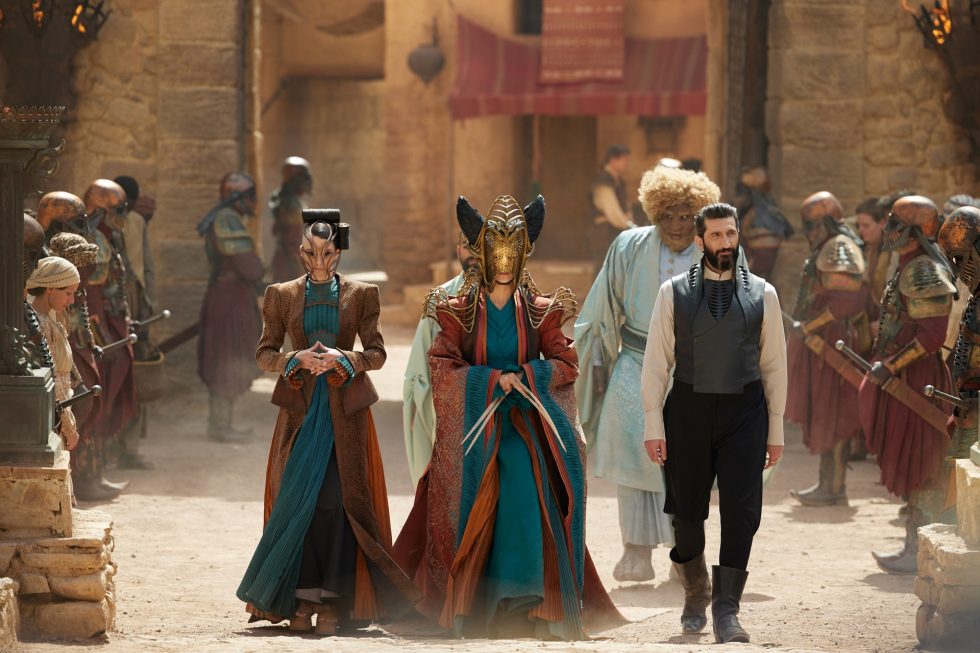
Amazon Studios
I loved watching our Shienaran squad dance the blades with the Seanchan—in fact, heck, every single bit of swordplay we got in these first three episodes was excellent. (My wife’s notes for this watch-through included the phrase, “UNO IS A STONE COLD BADASS,” in all caps). Lan squaring off against the Fades was also excellent, and it shows just how far Rand has to go if he wants to actually be worthy of that heron-mark sword.
There was another really interesting bit my wife caught that I didn’t: There’s a moment in episode three where Egwene channels to stop another character from leaving the room, and Egwene does so without any of the crowd-pleasing gestures that the other Aes Sedai use. We know from the books that channeling has nothing to do with physical movements, but many channelers learn the motions with the weaves and can’t do one without the other. She seems to have learned a valuable lesson from her time tied to a chair in Eamon Valda’s tent.
Two things about being a book reader who didn’t go back and watch the first season before jumping into the second: First, it’s easy to lose track of who has been introduced and who hasn’t, who is a composite character, and who has been invented to elide some of the book’s convoluted plotting. Second, let’s just say that there is a shortage of plot armor for secondary and tertiary characters.
Jordan was known for introducing reams and reams of named characters to help flesh out each of the book’s locations and to give PoV characters someone to talk to once they had been flung to opposite edges of the map. An improbable number of these characters survive right up until the series-ending confrontation at the Last Battle. Bad news, book readers—I can basically guarantee that this show will end up killing one or more of your faves before you’re ready.
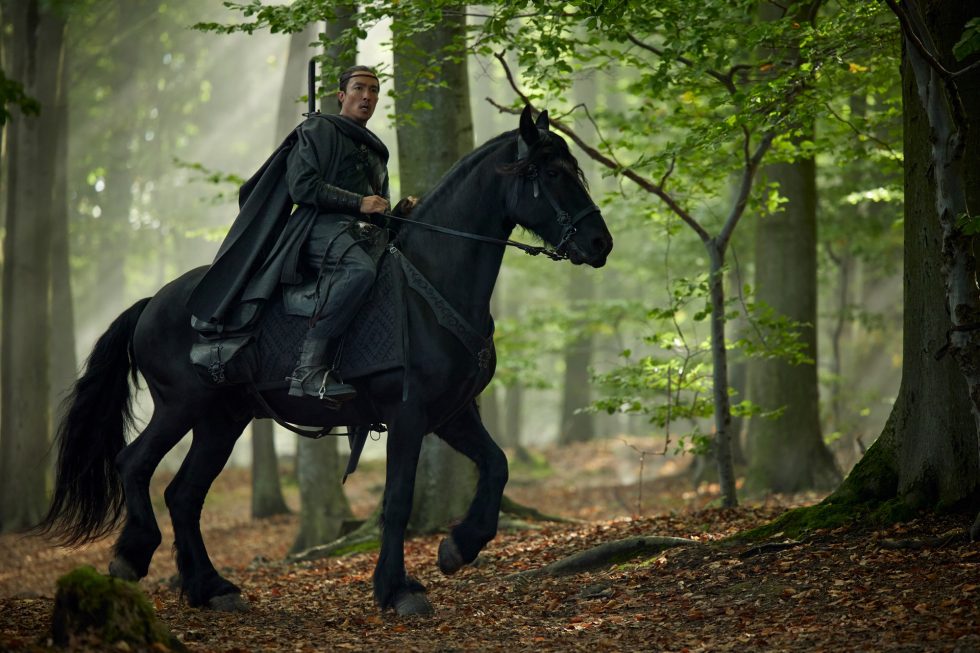
Amazon Studios
Lee: Speaking of killing your faves—how about that spike at the bottom of the giant Seanchan pyramid? My wife and I both noticed it in the close-ups and started guessing what it might be for. I was thinking decoration, and she was thinking it was for maybe cleaning mud off of one’s boots before genuflecting to the High Lady. Yeah. Nope. We both missed the mark on that one.
Andrew: For my closing thought, I would like to circle back to the topic of how horny this show is, because I feel like it’s something some book readers might struggle with. (“They’re just sexing it up for TV,” etc). While it’s true that the characters in Randland are all pretty puritanical about premarital physical touching, these books contain a vast ocean of subtextual horniness. Don’t blame Rafe Lee Judkins and Amazon for sexing the show up, blame Robert Jordan for creating a world where like a third of the characters are polyamorous magicians. This is all to say, the events have been changed dramatically, but I actually think the vibe of season two is pretty close to being right.
I’ll end my own side of this with the observation that so far, with these three episodes, it feels to me like the scenes the show does best are the wholly original ones. I wasn’t super thrilled with how the gathering of evil (referred to by book readers as “the Darkfriend Social”) played out, and the twist to Nynaeve’s Accepted testing and how long that situation draws out compared to the books felt cheap and unnecessary. On the other hand, Min hanging out with Mat in their cells was fun—far more fun than the brief meeting between Min and Rand in the first season. Most of the other places where we’ve swerved from the text—especially Rand talking with Logain in the sanitarium—also felt solidly done. When the show is free to find its own way, it stops being so self-conscious and actually becomes enjoyable.
Maybe that’s just the nature of adapted works. If so, I’m not a book purist—the show needs to stand on its own, just like any other adaptation. Changes are to be expected. It’s a good thing.
Andrew: I do like the Mat/Min dynamic a lot. I ship it, despite the Complications this would have introduced in the book. OK, that’s far from comprehensive, but I think that just about catches us up! We’ll be back with weekly episode recaps, starting next week with episode four. Happy (great) hunting, everyone!
